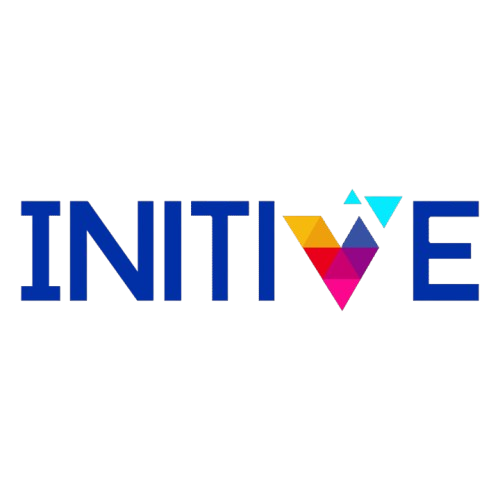Involve your board, partners and customers on Generative intelligence
Artificial Intelligence is reshaping how businesses operate, and Generative AI (GenAI) is at the vanguard of this transformation. Yet, many executives struggle with how to effectively engage their board, partners, and customers on the impact and potential of GenAI.
This article breaks down how decision-makers can integrate GenAI into their strategic vision, align stakeholders, and drive AI-driven innovation across departments.
The implication for board Directors means educating leadership on its business impact, risks, and opportunities while aligning AI adoption with the company’s strategic direction. It’s not about pushing technology; it’s about demonstrating how GenAI can optimize operations, drive profitability, and future proof the business.
Smart technology for Strategic planning- Application for C-Level & Corporate Strategy departments
Advanced AI models enable executives to simulate complex scenarios, mitigate risks, and identify untapped opportunities with greater strategic foresight. This empowers leadership teams to not only respond to market shifts but proactively shape industry environments. As a result, organizations can cultivate long term resilience, optimize resource allocation, and drive sustainable competitive advantages in an increasingly unpredictable business environment.
Involving Partners and Customers with Generative Intelligence
Synergy Partner + Customer into the AI it’s a powerful way of reshaping business relationships to drive mutual growth. For partners, that opens new avenues for operational efficiency, optimize workflows, and scalable innovation. By adopting AI into joint ventures, businesses can data-driven synergies, and develop transformative solutions that create prolonged competitive advantages. This strategy accelerates go-to-market strategies, generates fresh income opportunities in an increasingly AI-first economy.
Ensuring that AI is not just a tool but a value amplifier. Businesses that take a proactive approach in employing AI-powered customization will not only differentiate themselves but also create sustainable customer relationships in a rapidly evolving digital ecosystem.
Strategic framework for Executives
Understand the industry by assessing GenAI’s role and identifying high-impact opportunities, then align with business goals by defining clear objectives where GenAI can drive efficiency, growth, and competitive advantage. Secure board buy-in by presenting GenAI initiatives as business enablers, using real-world case studies and ROI projections, while simultaneously developing an AI governance model to ensure compliance, ethical AI usage, and data security frameworks. Pilot and scale by starting with small AI-driven projects, measuring success, and gradually expanding implementation across departments. Foster cross-functional collaboration by encouraging alignment between IT, operations, and leadership to create a unified AI strategy, and continuously monitor regulatory and market trends to stay ahead by adapting to evolving AI regulations and industry shifts.
Implementation blueprint for Teams
Educating and upskilling teams on AI literacy is essential to help them understand how GenAI can enhance their workflows. Once equipped with foundational knowledge, identifying key use cases becomes crucial by mapping GenAI applications to department-specific challenges, such as AI-driven automation in HR or predictive analytics in finance. To maximize effectiveness, seamless integration with existing workflows ensures that GenAI tools are embedded into current processes without disruption. Measuring impact and iterating based on performance metrics, feedback, and continuous optimization further refines AI implementations. Encouraging cross-team AI adoption through knowledge sharing and best practices fosters organization-wide engagement, while establishing AI ethics and risk mitigation strategies ensures responsible AI usage, bias mitigation, and compliance with regulatory requirements.
Implementation for IT & Infrastructure
Modernizing data architecture is essential to ensure that the infrastructure supports AI integration with scalable cloud solutions and real-time processing. Refining cybersecurity with AI enhances threat detection, anomaly monitoring, and automated response systems, strengthening overall security. Optimizing IT operations through AI-driven predictive maintenance, automated troubleshooting, and intelligent workload management increases efficiency and reduces downtime. Developing AI integration frameworks by standardizing APIs and ensuring smooth connectivity between AI tools and existing software ecosystems enables effective adoption. Finally, automating software development with AI accelerates code generation, improves bug detection, and enhances DevOps automation, driving greater efficiency and innovation in IT processes.



Comments